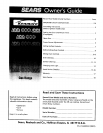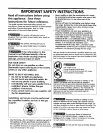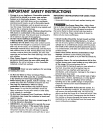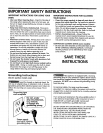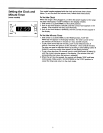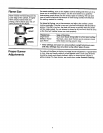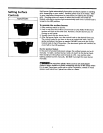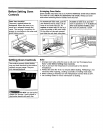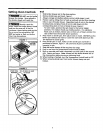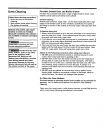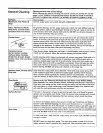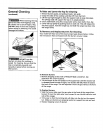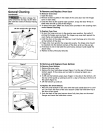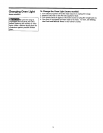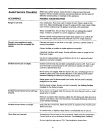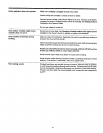
Flame Size
Never extend the flame beyond the
outer edge of the utensil. A higher
flame simply wastes heat and
energy, and increasesyour risk of
being burned by the flame.
For most cooking, start on the highest control setting and then turn to a
lower one to complete the process. Use the chart below as a guide for
determining proper flame size for various types of cooking. The size and
type of utensil used and the amount of food being cooked will influence
the setting needed for cooking.
For deep fat frying, use a thermometer and adjust the surface control
knob accordingly. If the fat is too cool, the food will absorb the fat and be
greasy. If the fat is too hot, the food will brown so quickly that the center
will be undercooked. Do not attempt to deep fat fry too much food at once
as the food will neither brown nor cook properly.
*Flame Size
High Flame
Medium Flame
Low Fame
Type of Cooking
Start most foods; bring water to a boil; pan broiling
Maintain a slow boil; thicken sauces, gravies; steam
Keep foods cooking; poach; stew
* These settings are based on using medium-weight aluminum pans
with lids. Settings may vary when using other types of pans.
Proper Burner
Adjustments
The color of the flame is the key to proper burner adjustment. A good flame
is clear, blue and hardly visible in a well-lighted room. Each cone of flame
should be steady and sharply defined. Adjust or clean burner if flame is
yellow-orange. To clean burner, see instructions under General Cleaning.



